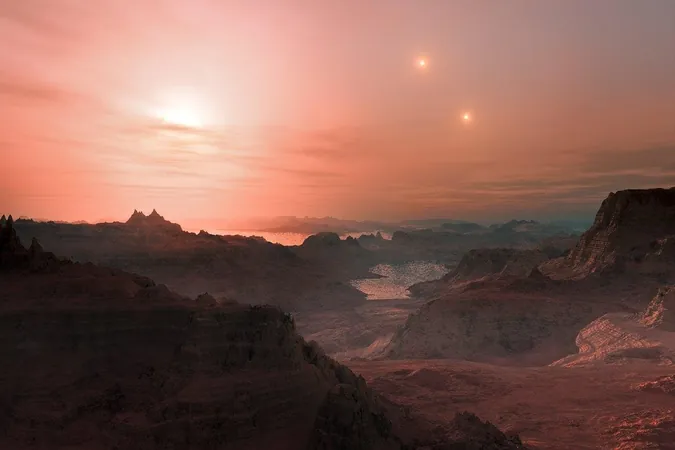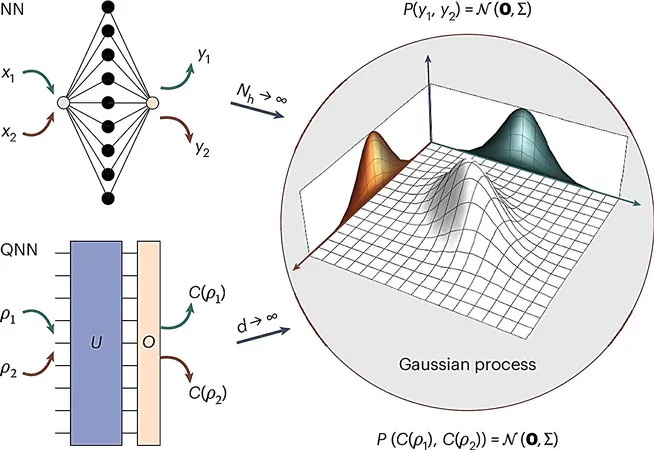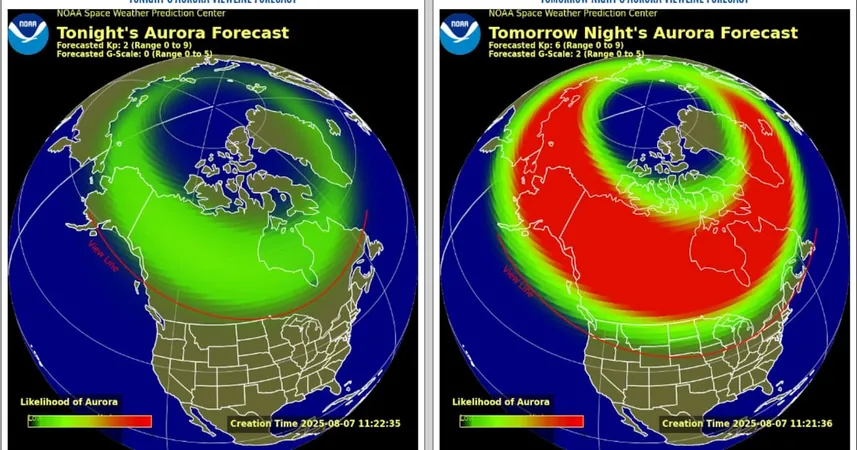
Could Earth-Like Planets Be Just Around the Corner? Scientists Say Yes!
2025-07-06
Author: Sophie
Hold on to your telescopes! A groundbreaking study suggests there may be a treasure trove of Earth-like planets hidden in our galactic neighborhood. Recent findings indicate that these potentially habitable worlds are surprisingly common around red dwarf stars, the most prevalent type of star in our Milky Way.
Red dwarf stars, which are small and dim—making up about 80% of all stars—are found aplenty in our vicinity. It's estimated that out of the 30 closest stars to us, a whopping 20 are red dwarfs, including our nearest neighbor, Proxima Centauri, which recently sparked excitement after being discovered to host potentially two orbiting planets.
The CARMENES Project: Unveiling New Worlds
Enter the CARMENES project, a cutting-edge initiative at the Calar Alto Observatory in Spain, where astronomers have unveiled four new exoplanets around these intriguing stars. Among these discoveries, three are about the size of Earth, while one is a giant, clocking in at 14 times Earth's mass.
Using data from this project, researchers published findings in Astronomy & Astrophysics that suggest stars boasting less than 16% of the Sun's mass typically host two planets smaller than three times the mass of our home planet.
Why Red Dwarfs Matter: A Safe Haven for Life?
What makes this exciting? While large planets seem to be a rarity around red dwarfs, the frequency of small planets is remarkable. Dr. Adrian Kaminski from Heidelberg University, the lead author of the study, pointed out the fascinating trend: "It is quite remarkable how often small planets occur around very low-mass stars. This indicates that they tend to form smaller planets in quite close orbits."
Presently, of the 5,000 exoplanets discovered, none is an exact match for Earth regarding its orbiting star's characteristics. However, the three small planets identified by CARMENES fit several criteria for potential habitability, primarily because their small, rocky nature places them in the habitable zone—the region around a star where liquid water could exist.
Prof. Dr. Andreas Quirrenbach, director of Königstuhl Observatory, emphasized the significance of these findings, stating that the long-lived nature of red dwarfs could provide stable environments essential for life to flourish.
The Quest for ‘Earth 2.0’ Continues!
As scientists continue their quest for an ‘Earth 2.0’, these recent discoveries ignite hope in the ongoing search for extraterrestrial life. With so many Earth-like planets lurking around red dwarfs, the question remains: are we closer to finding our cosmic twin?
Stay tuned as astronomers peer into the cosmos—who knows what else they might uncover next!









 Brasil (PT)
Brasil (PT)
 Canada (EN)
Canada (EN)
 Chile (ES)
Chile (ES)
 Česko (CS)
Česko (CS)
 대한민국 (KO)
대한민국 (KO)
 España (ES)
España (ES)
 France (FR)
France (FR)
 Hong Kong (EN)
Hong Kong (EN)
 Italia (IT)
Italia (IT)
 日本 (JA)
日本 (JA)
 Magyarország (HU)
Magyarország (HU)
 Norge (NO)
Norge (NO)
 Polska (PL)
Polska (PL)
 Schweiz (DE)
Schweiz (DE)
 Singapore (EN)
Singapore (EN)
 Sverige (SV)
Sverige (SV)
 Suomi (FI)
Suomi (FI)
 Türkiye (TR)
Türkiye (TR)
 الإمارات العربية المتحدة (AR)
الإمارات العربية المتحدة (AR)